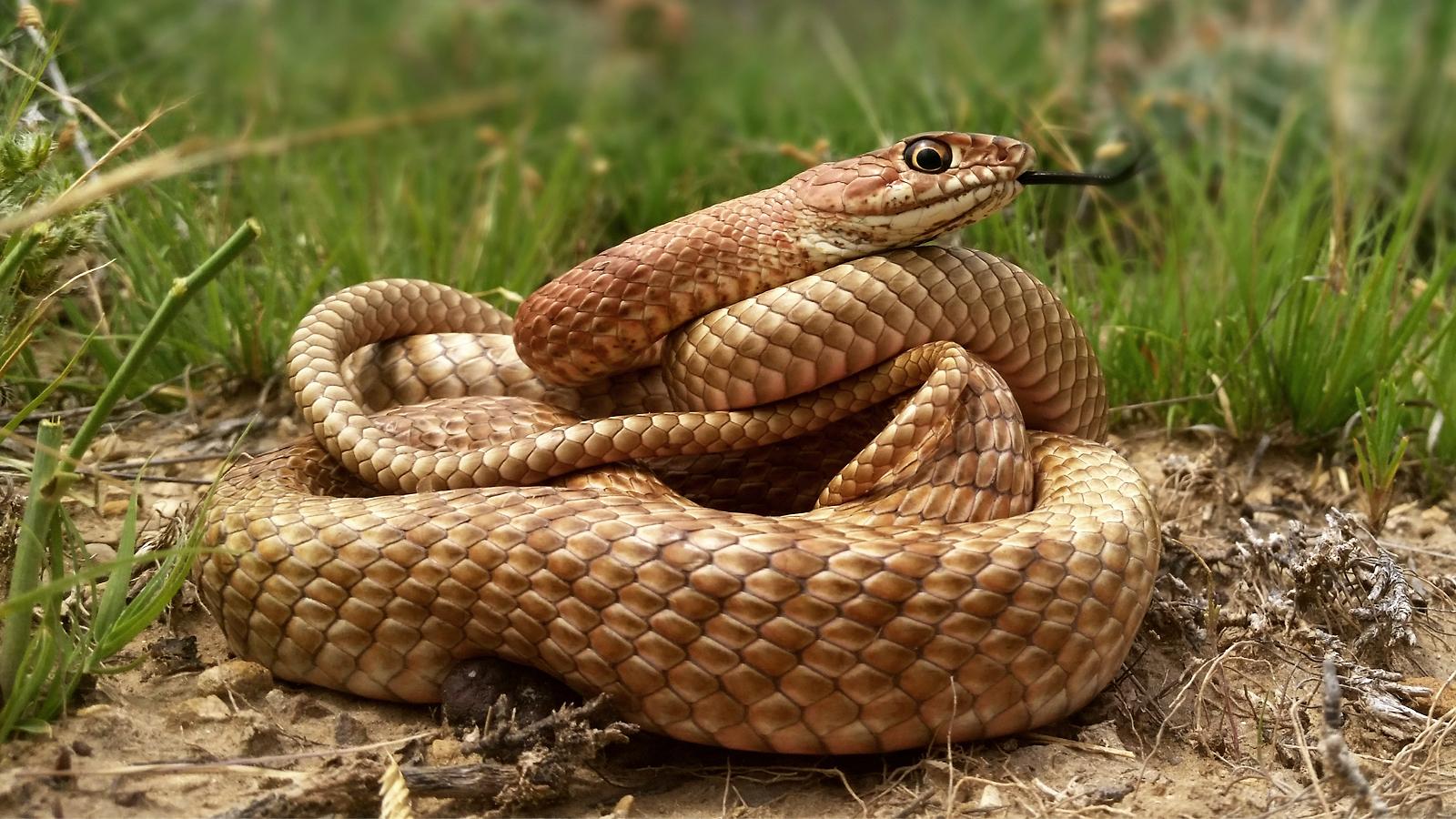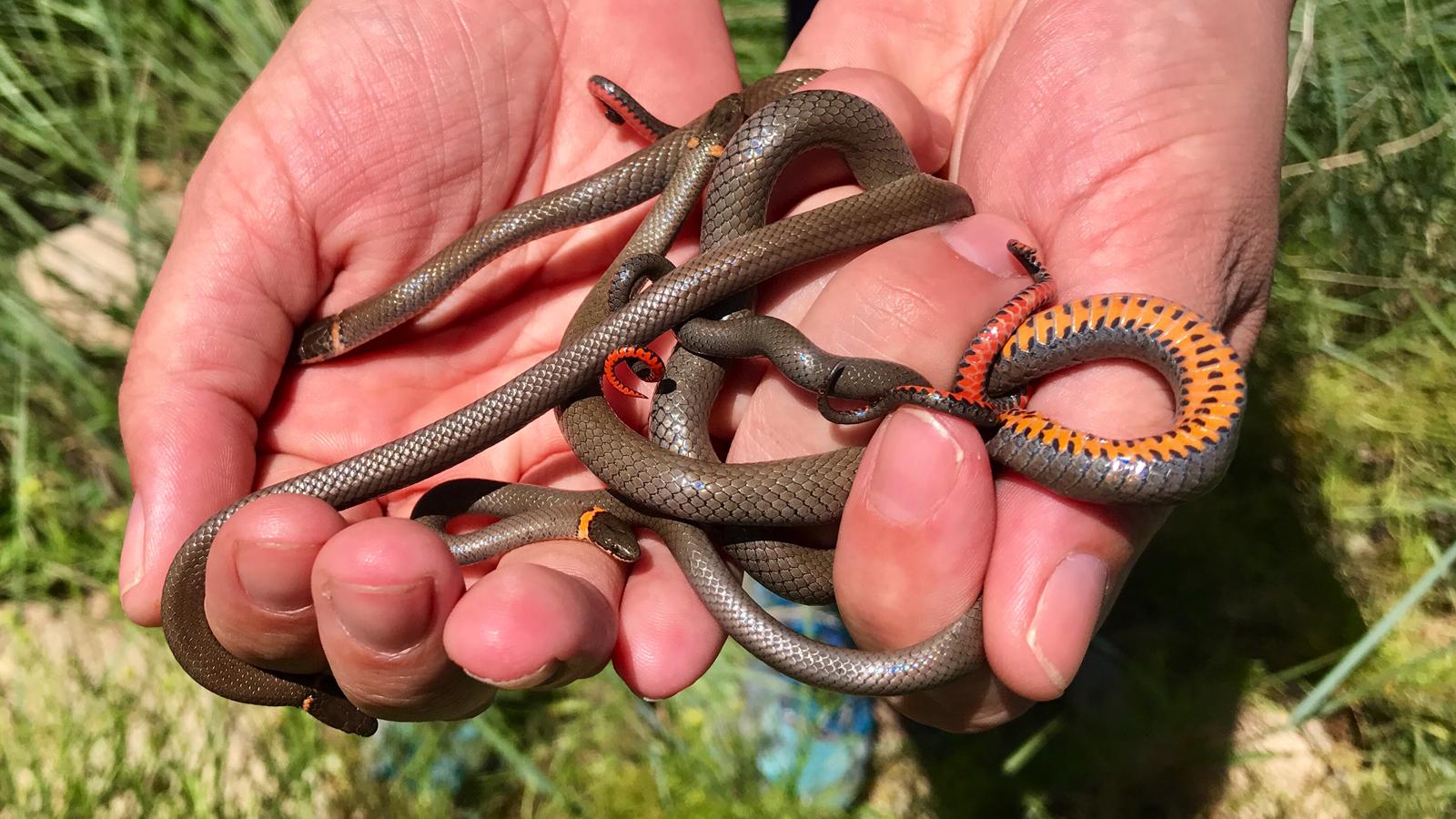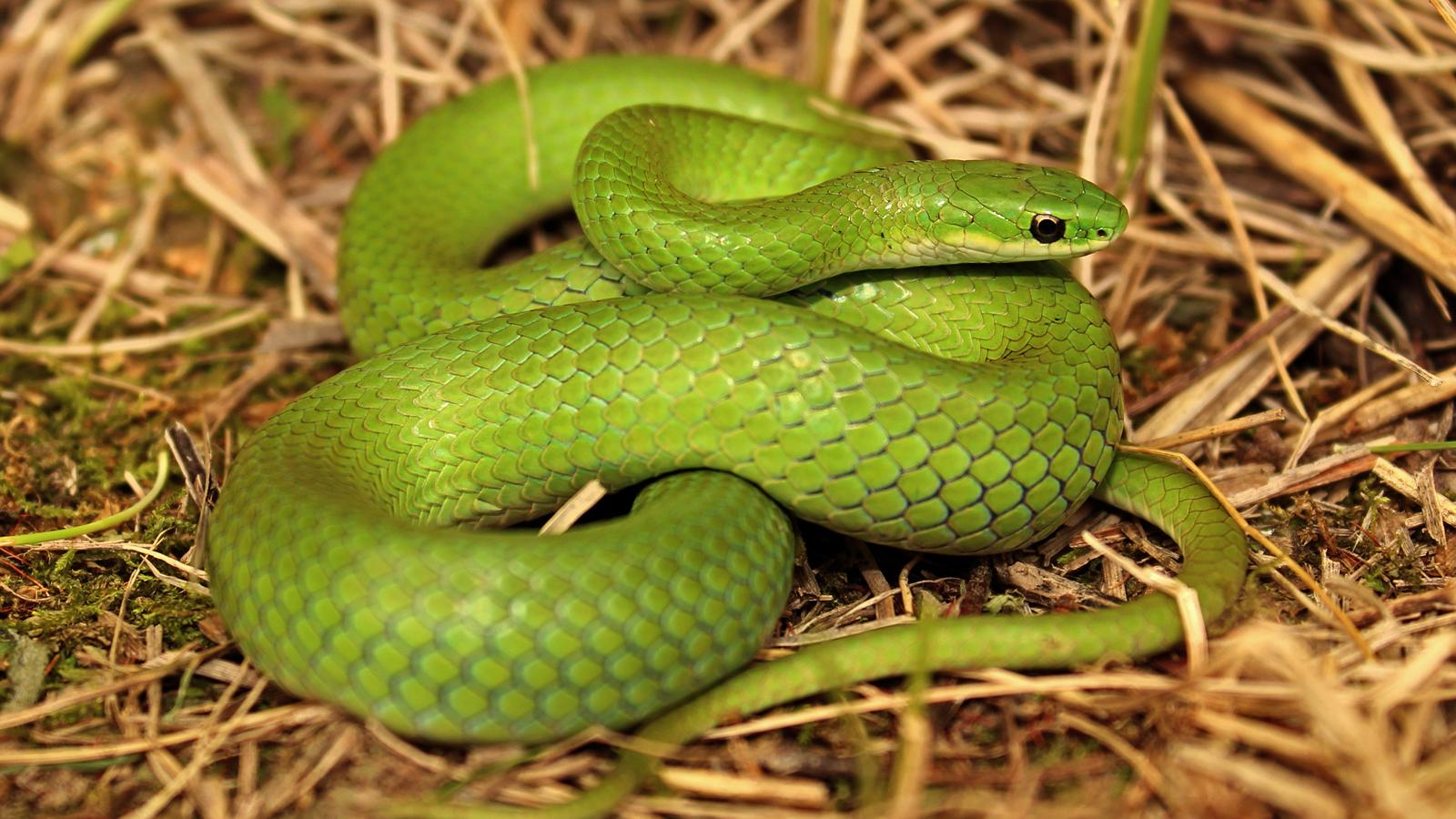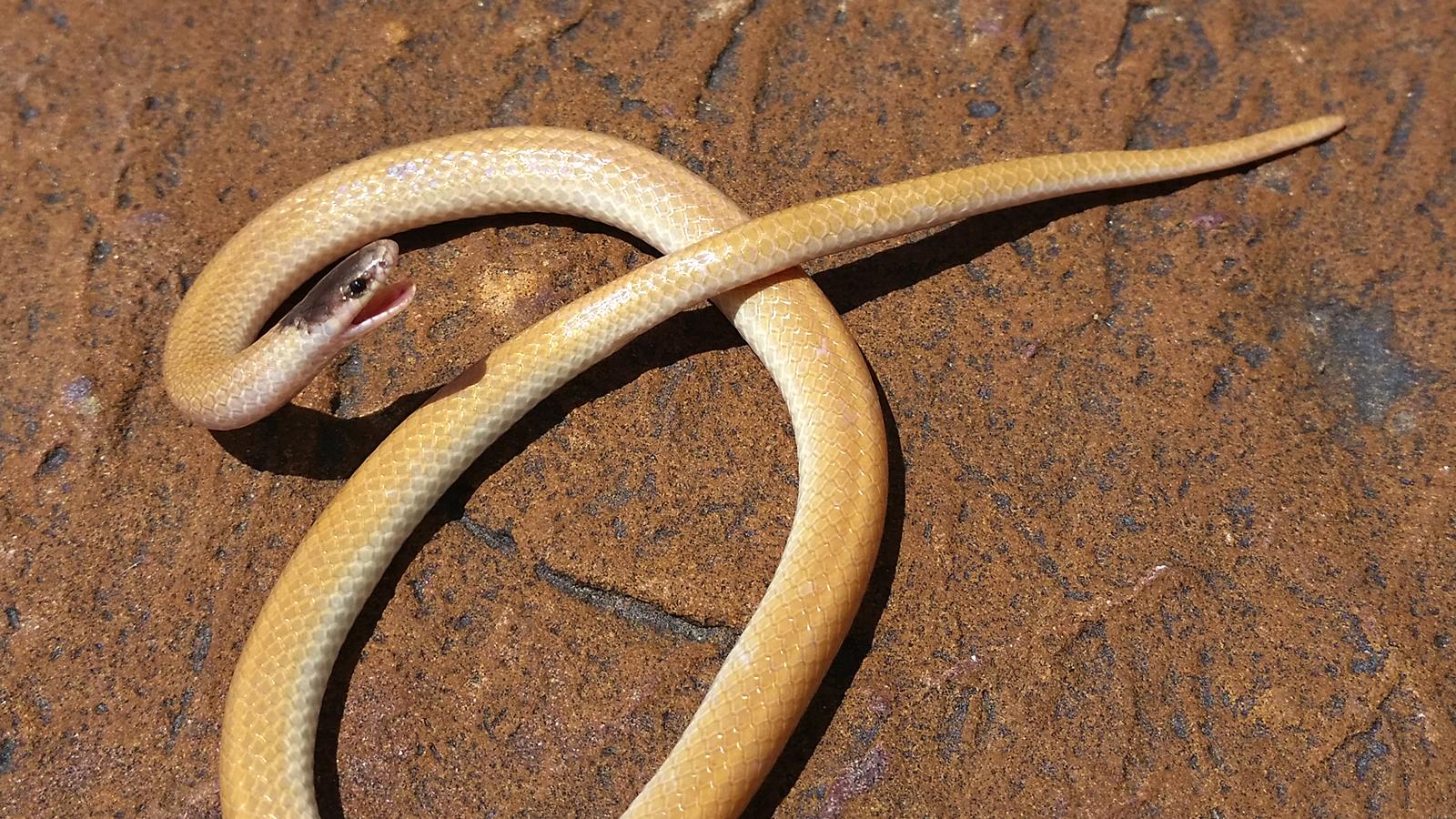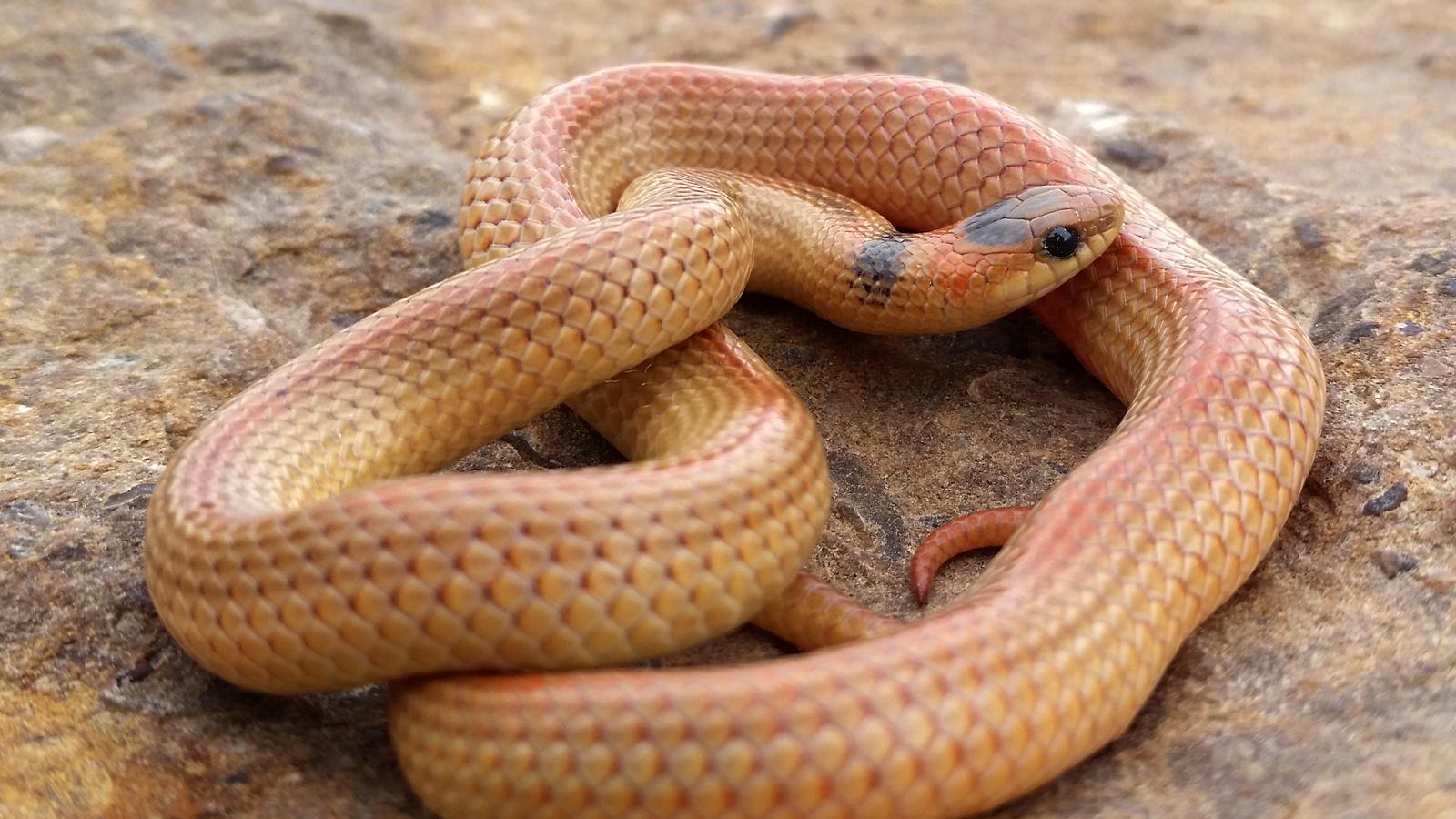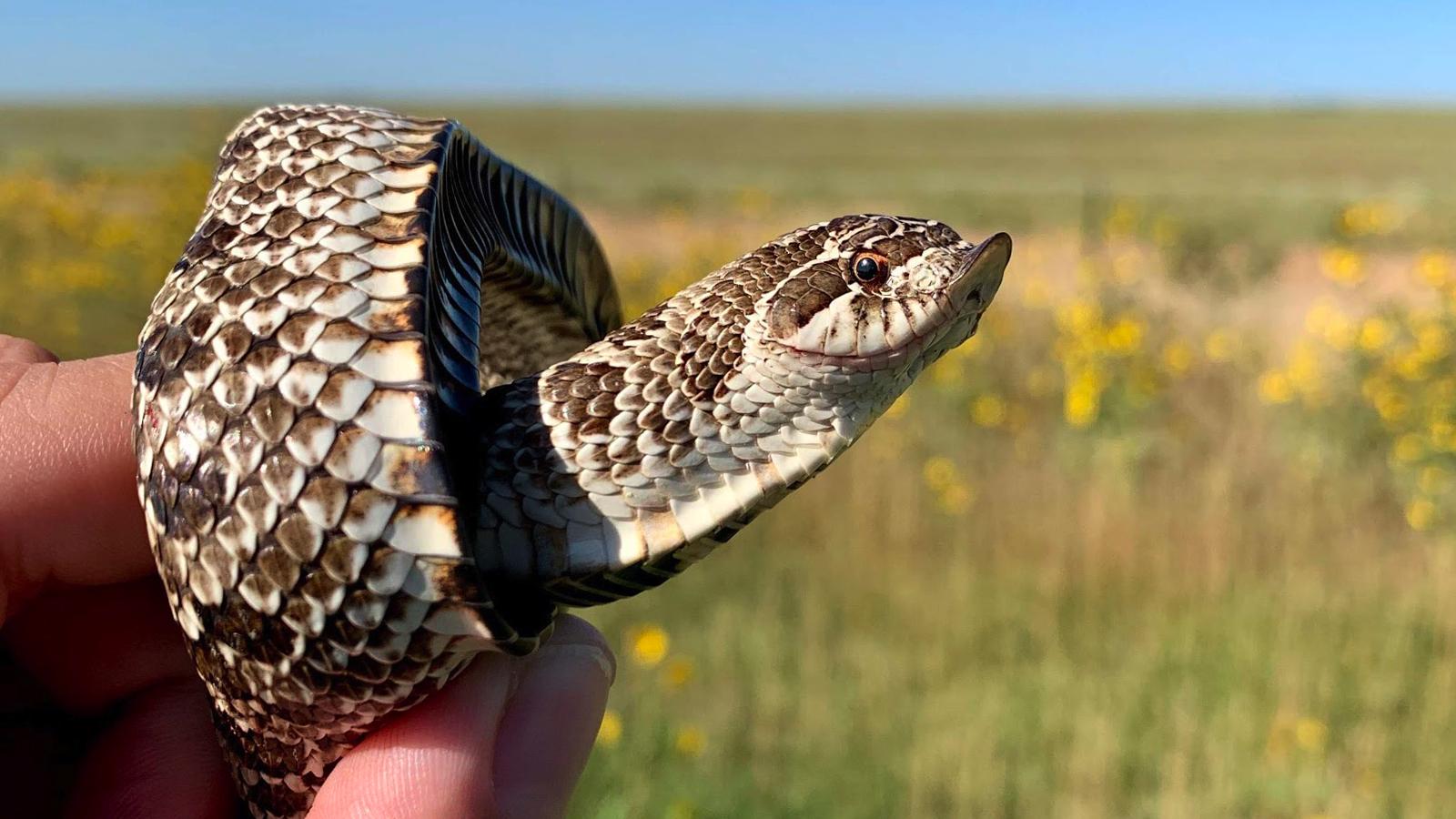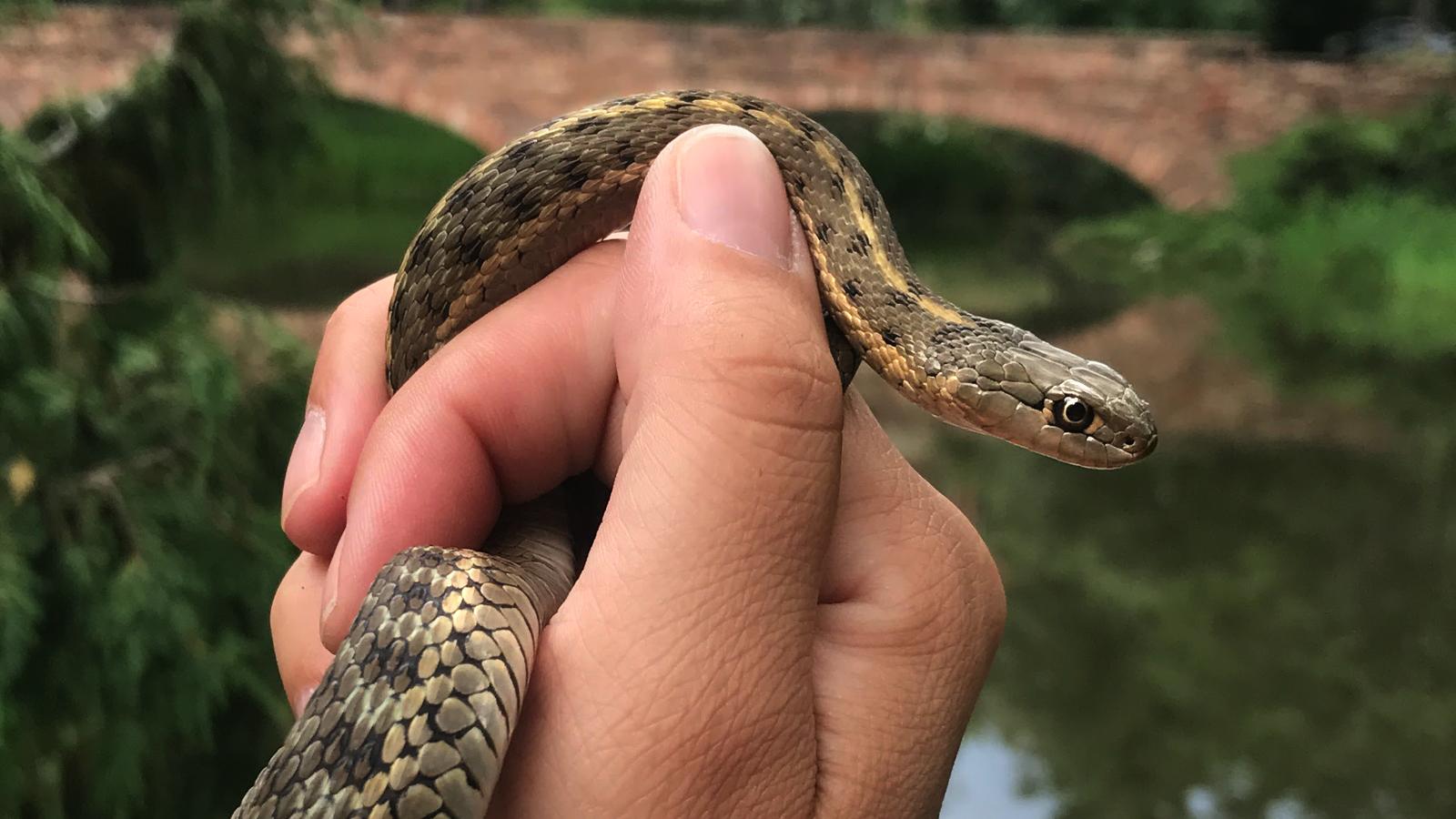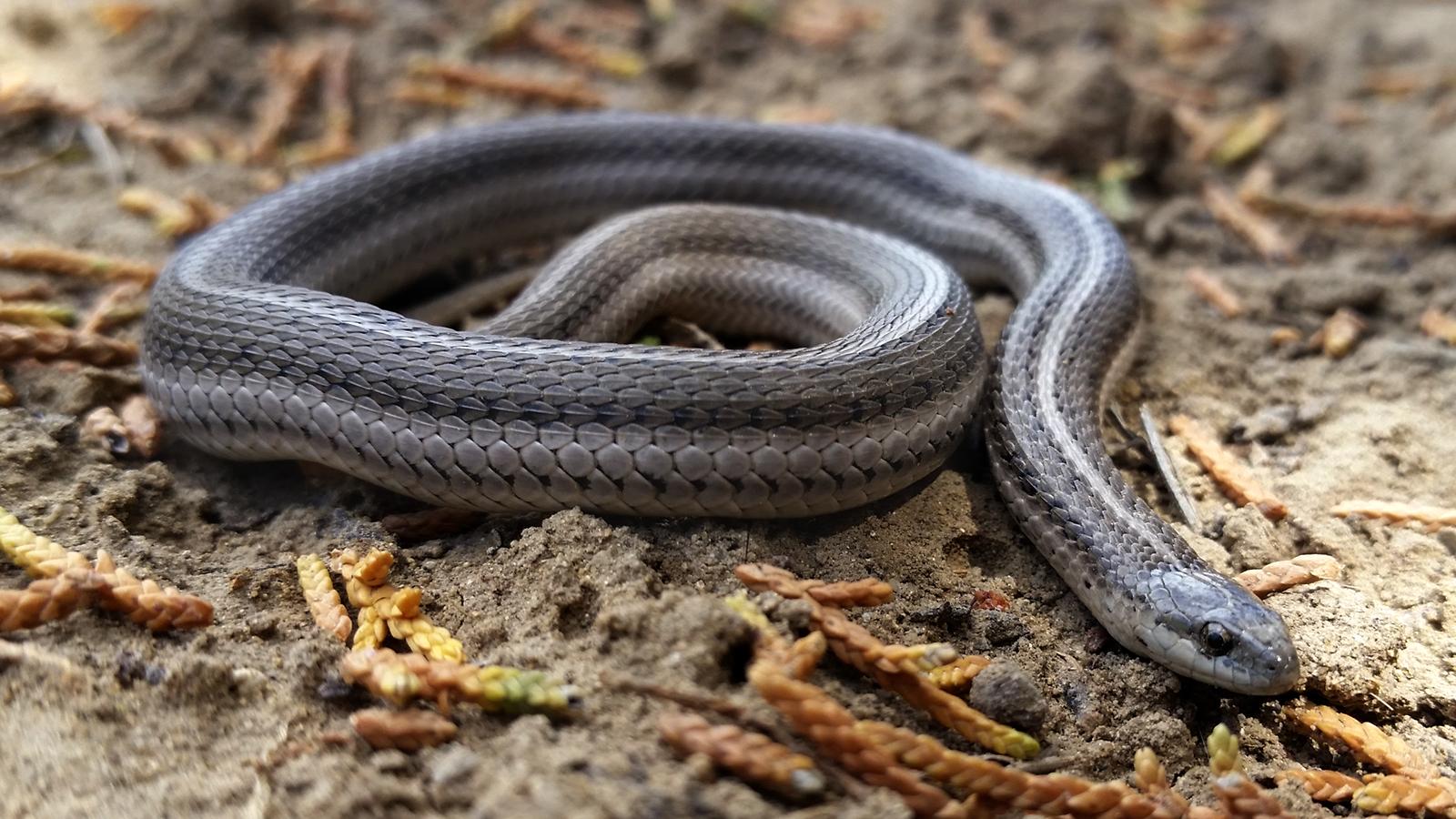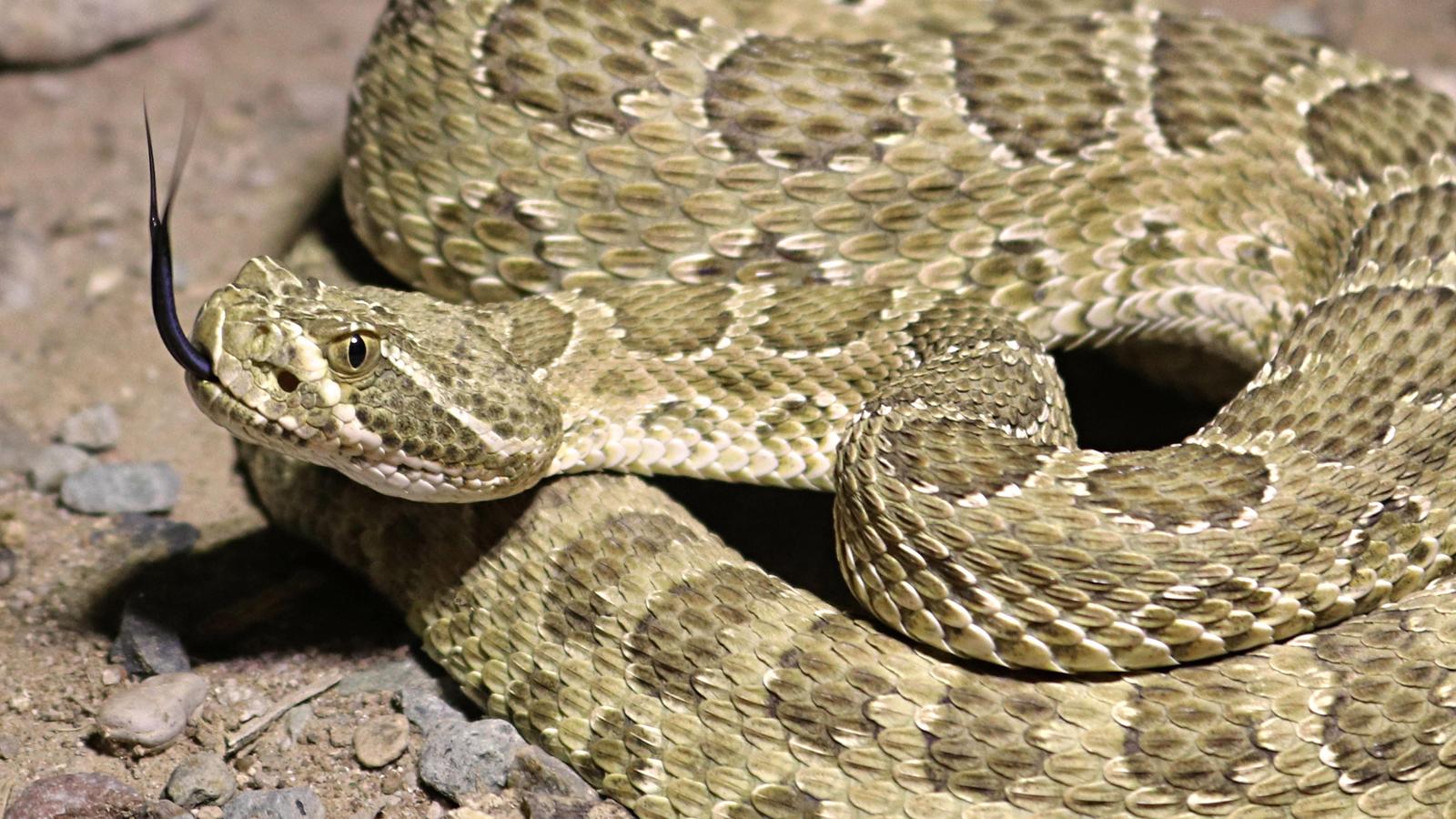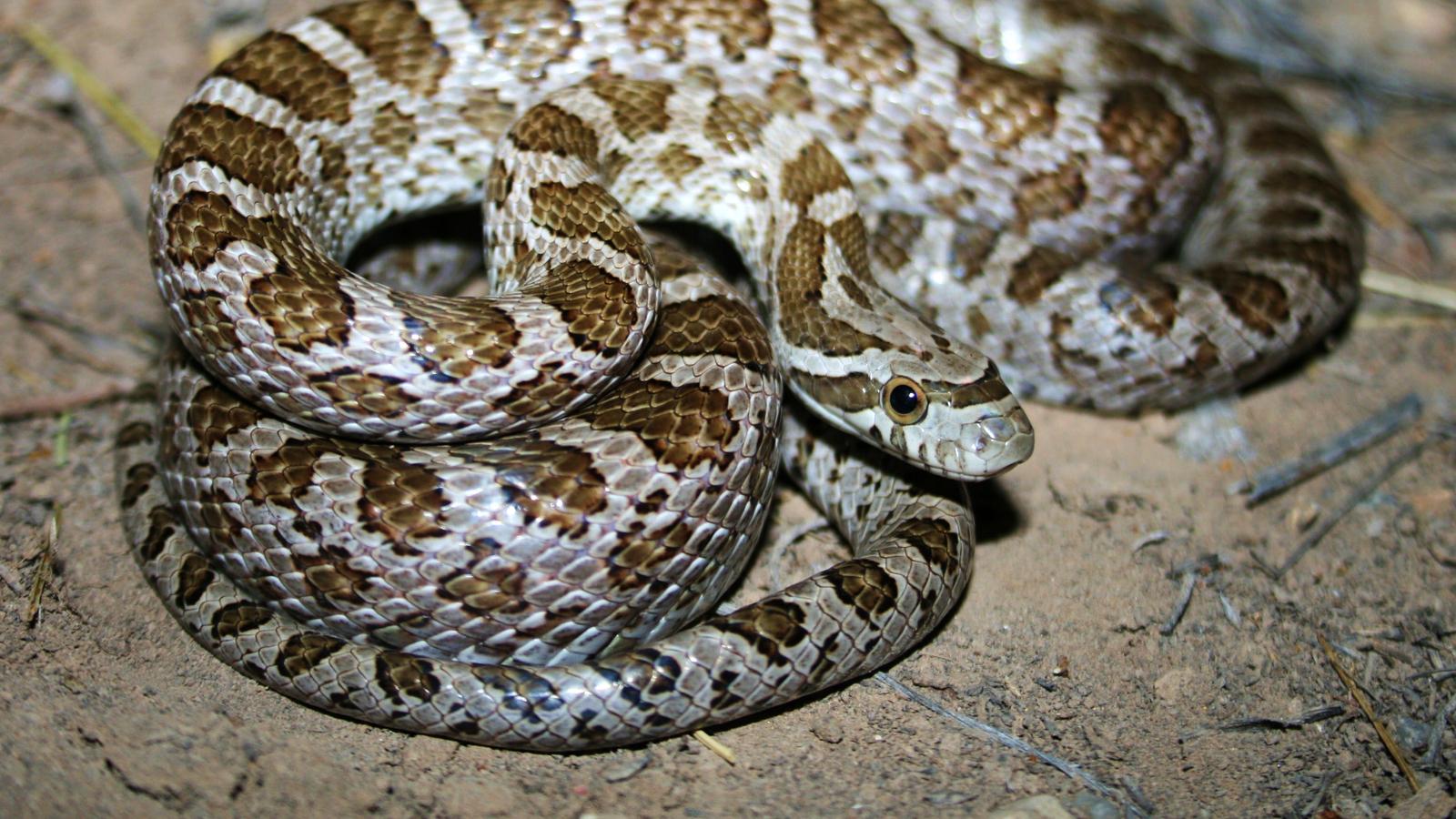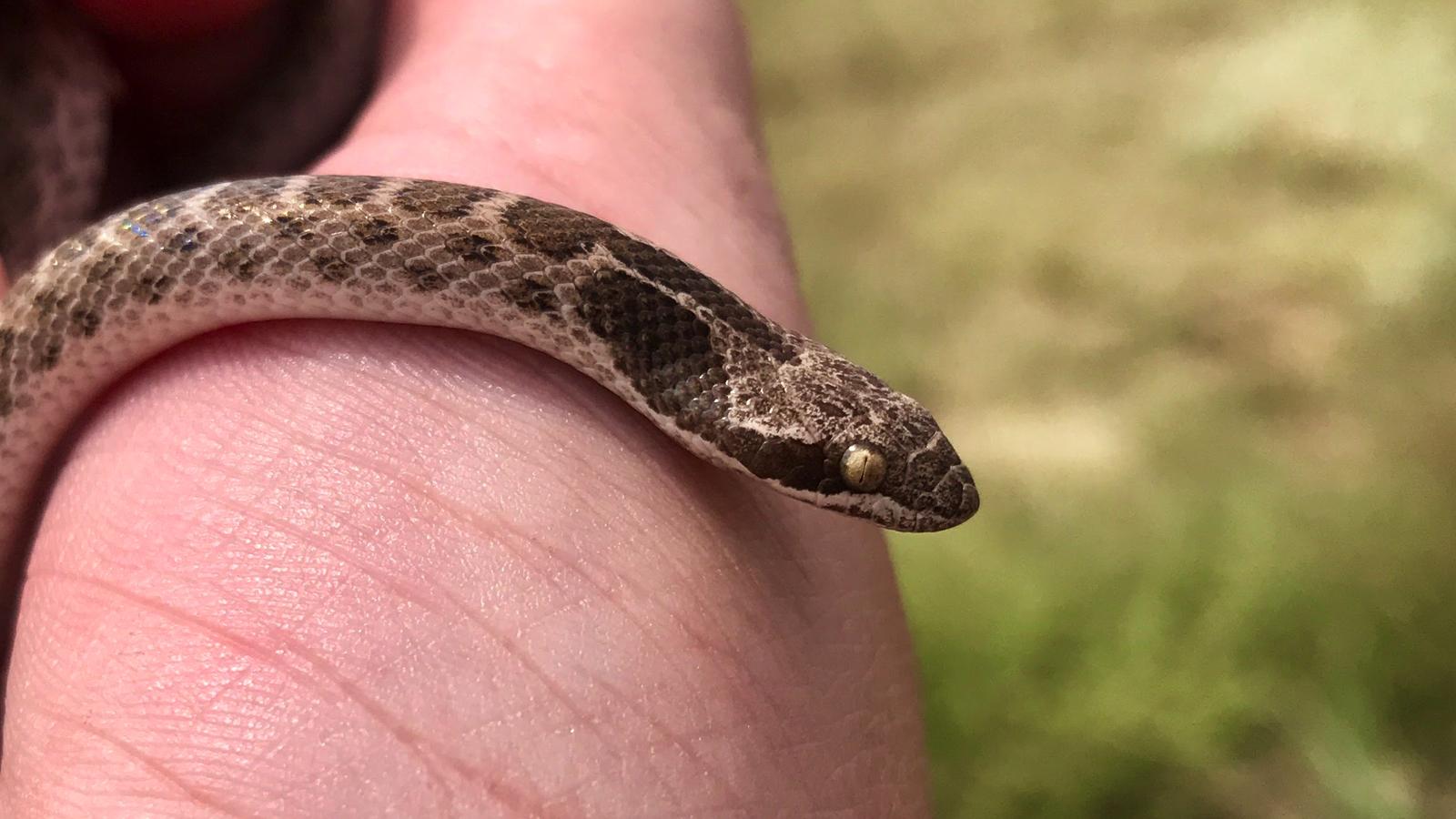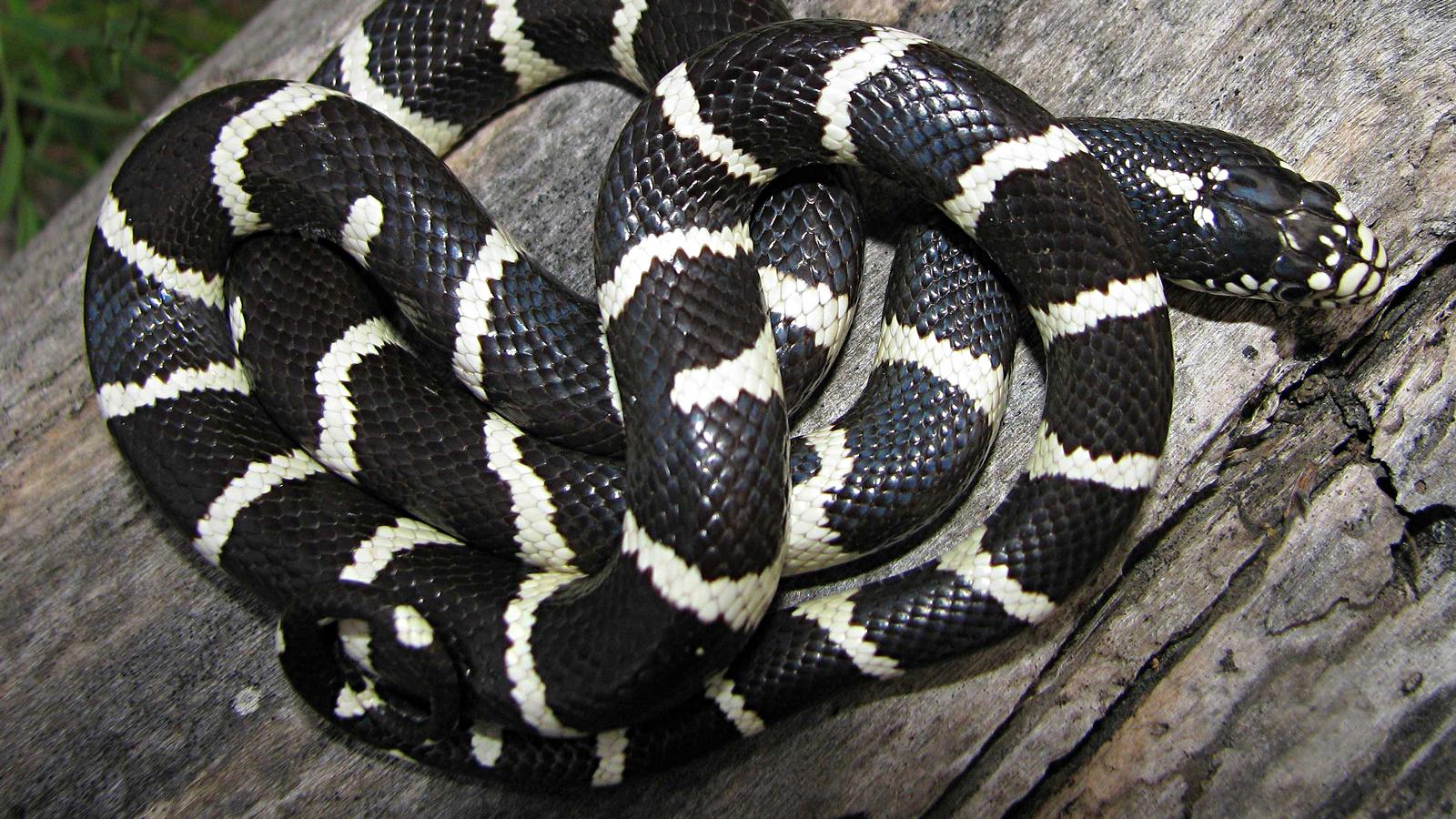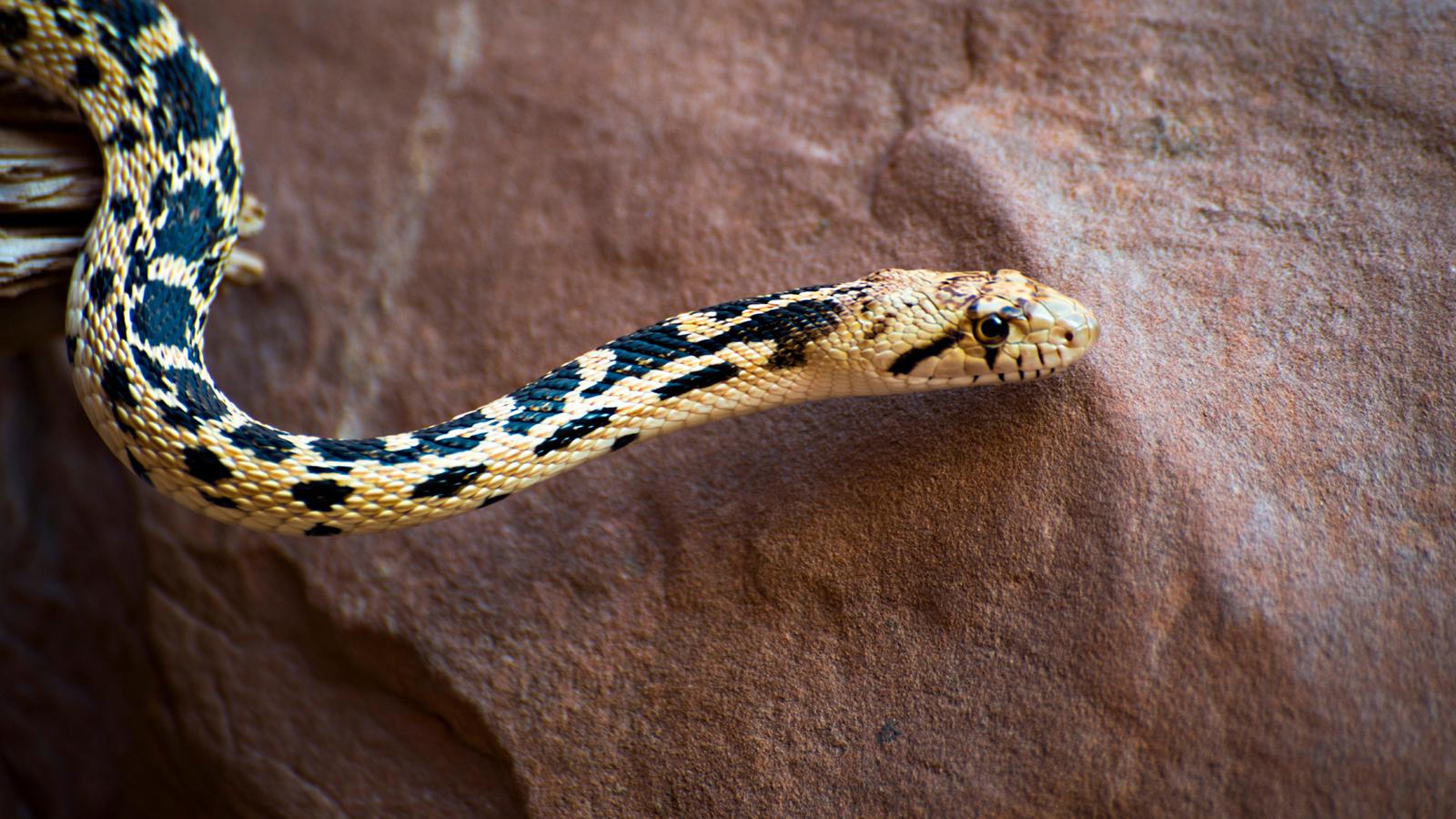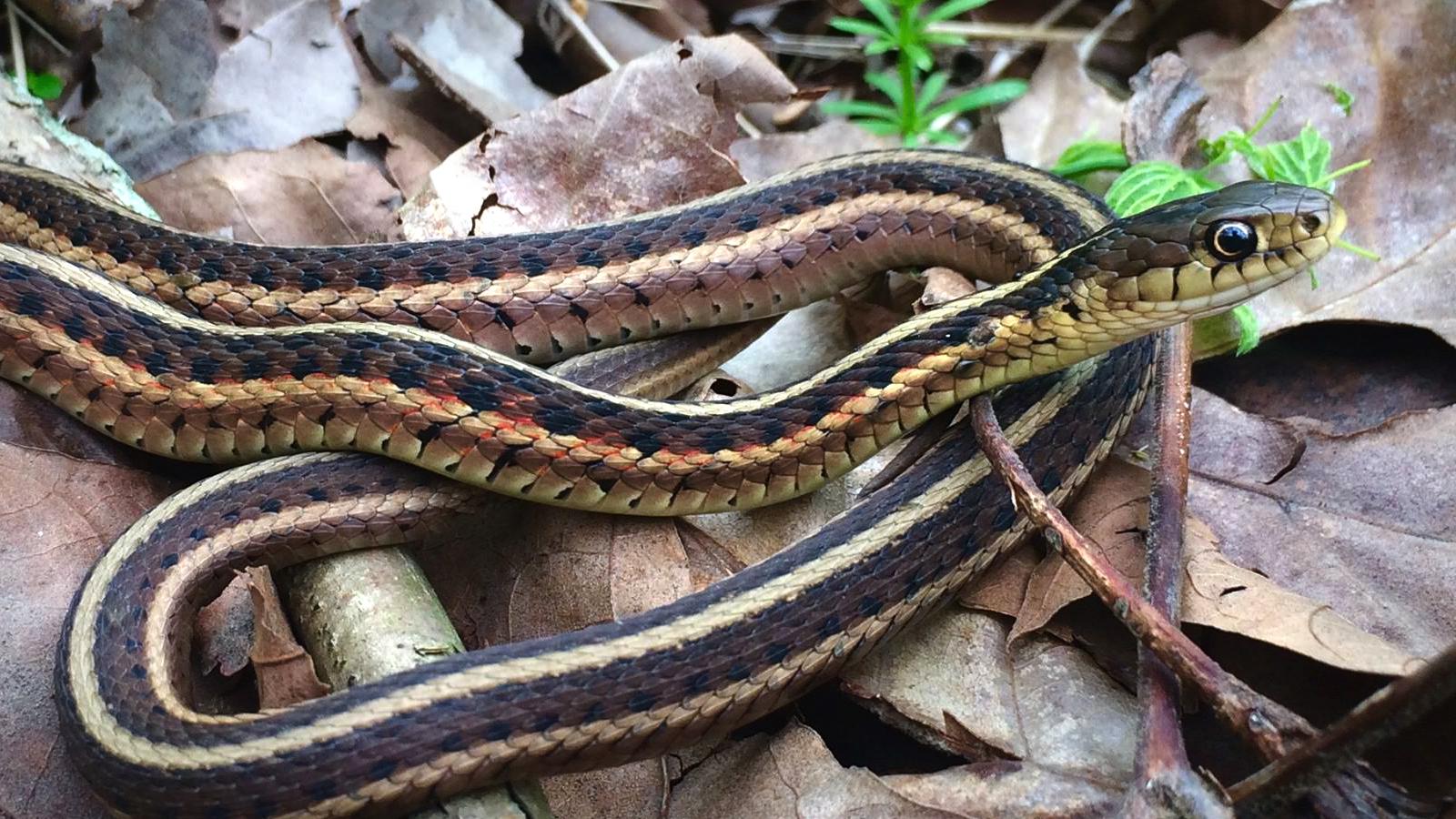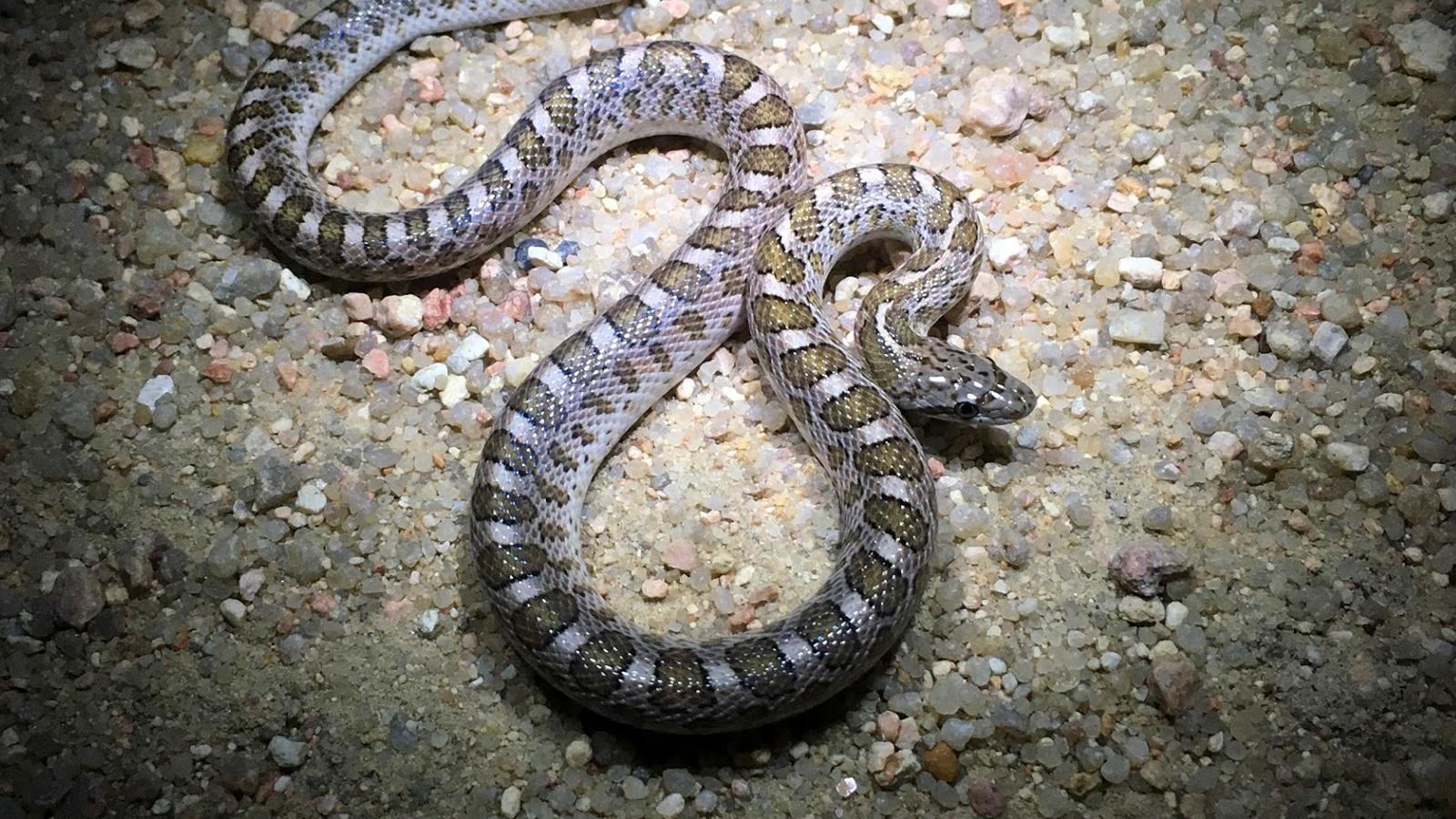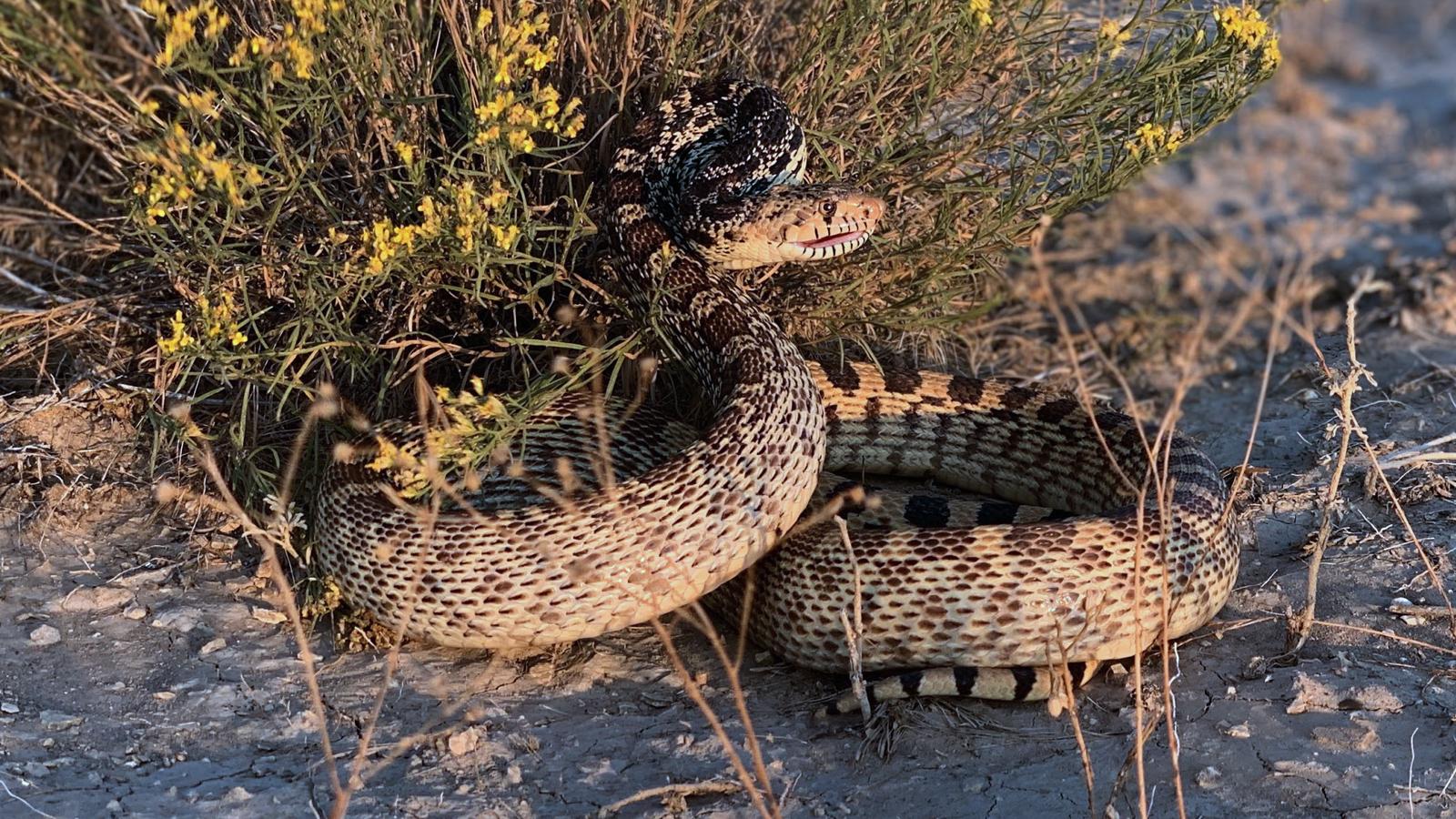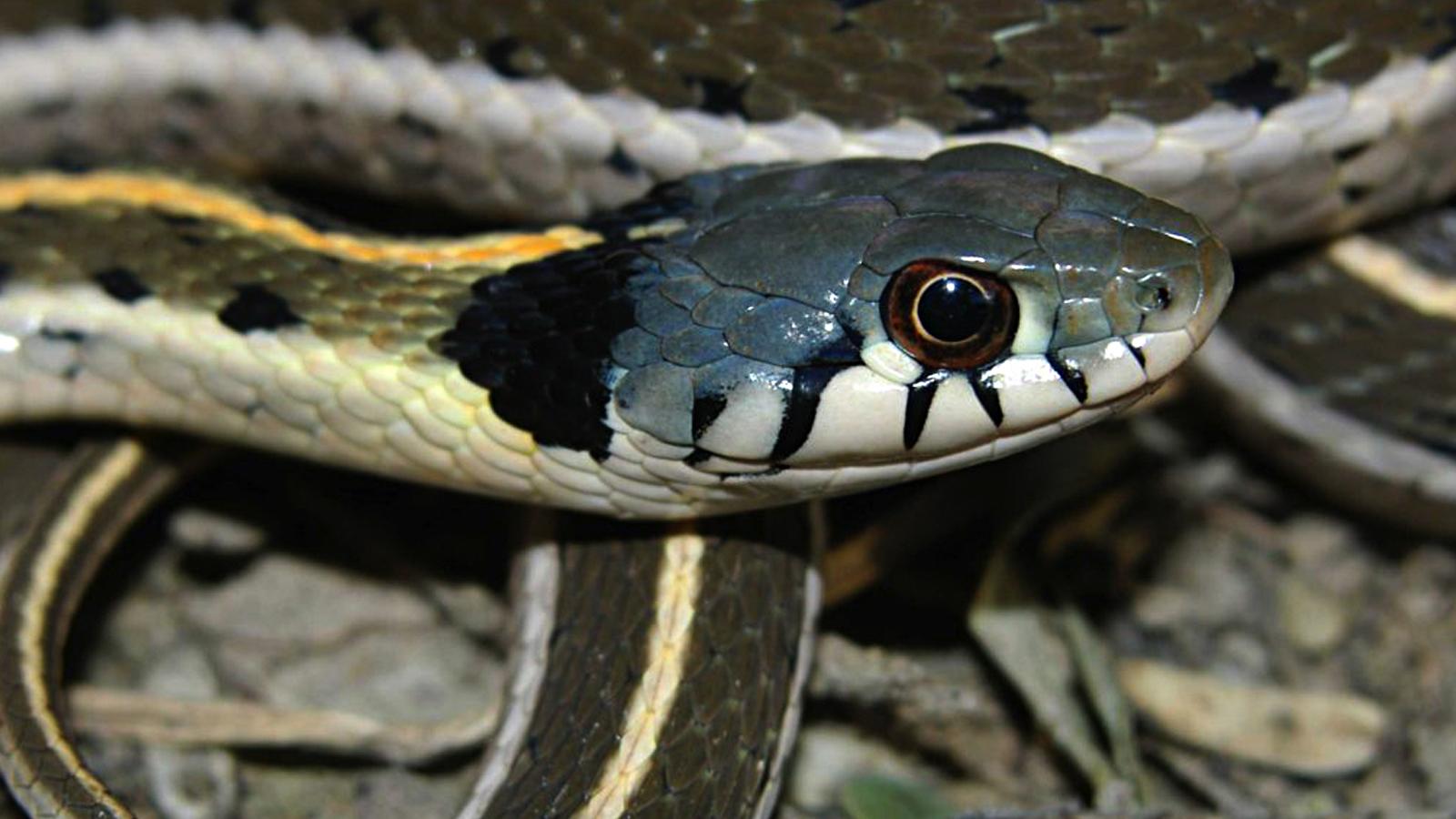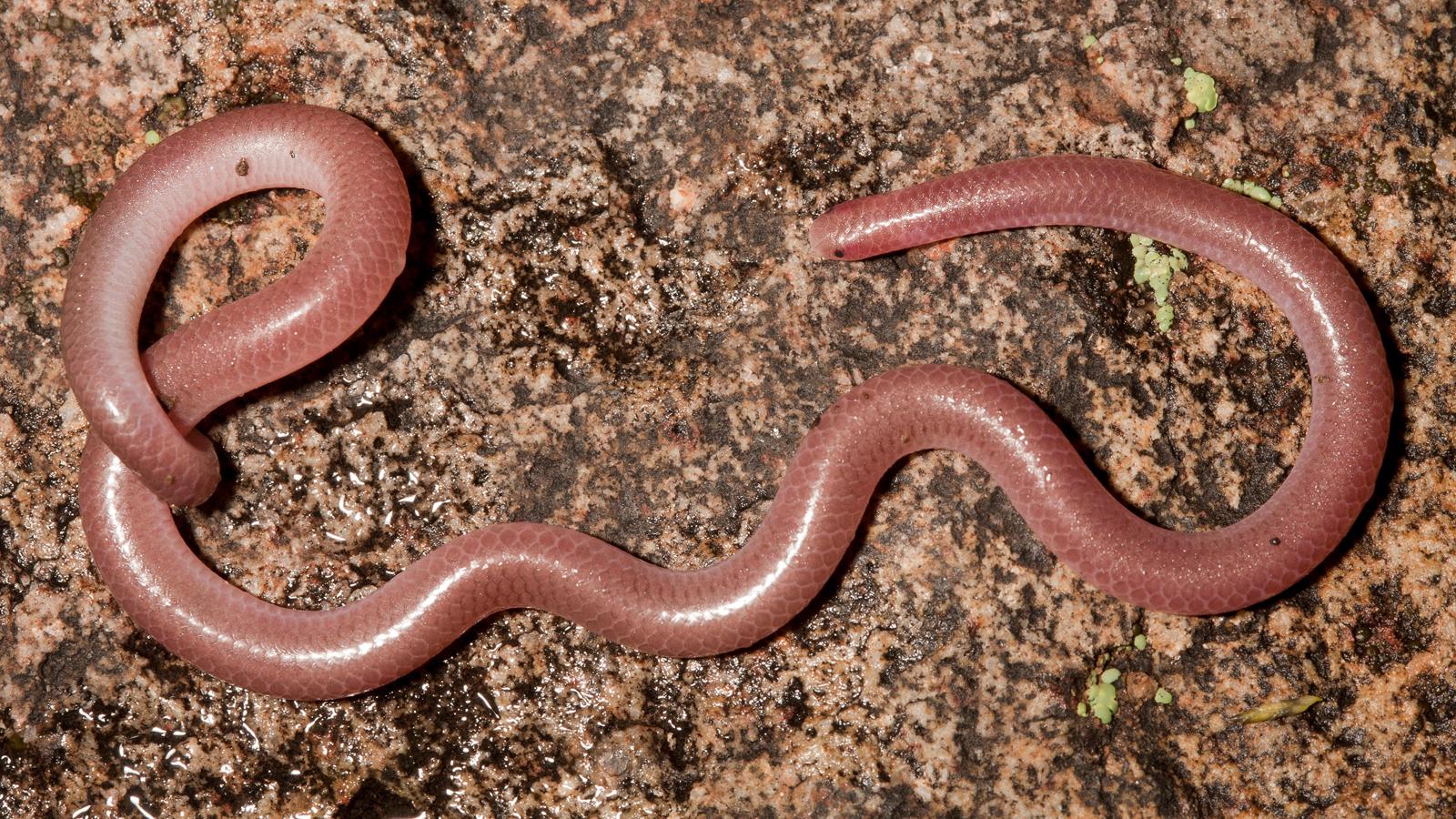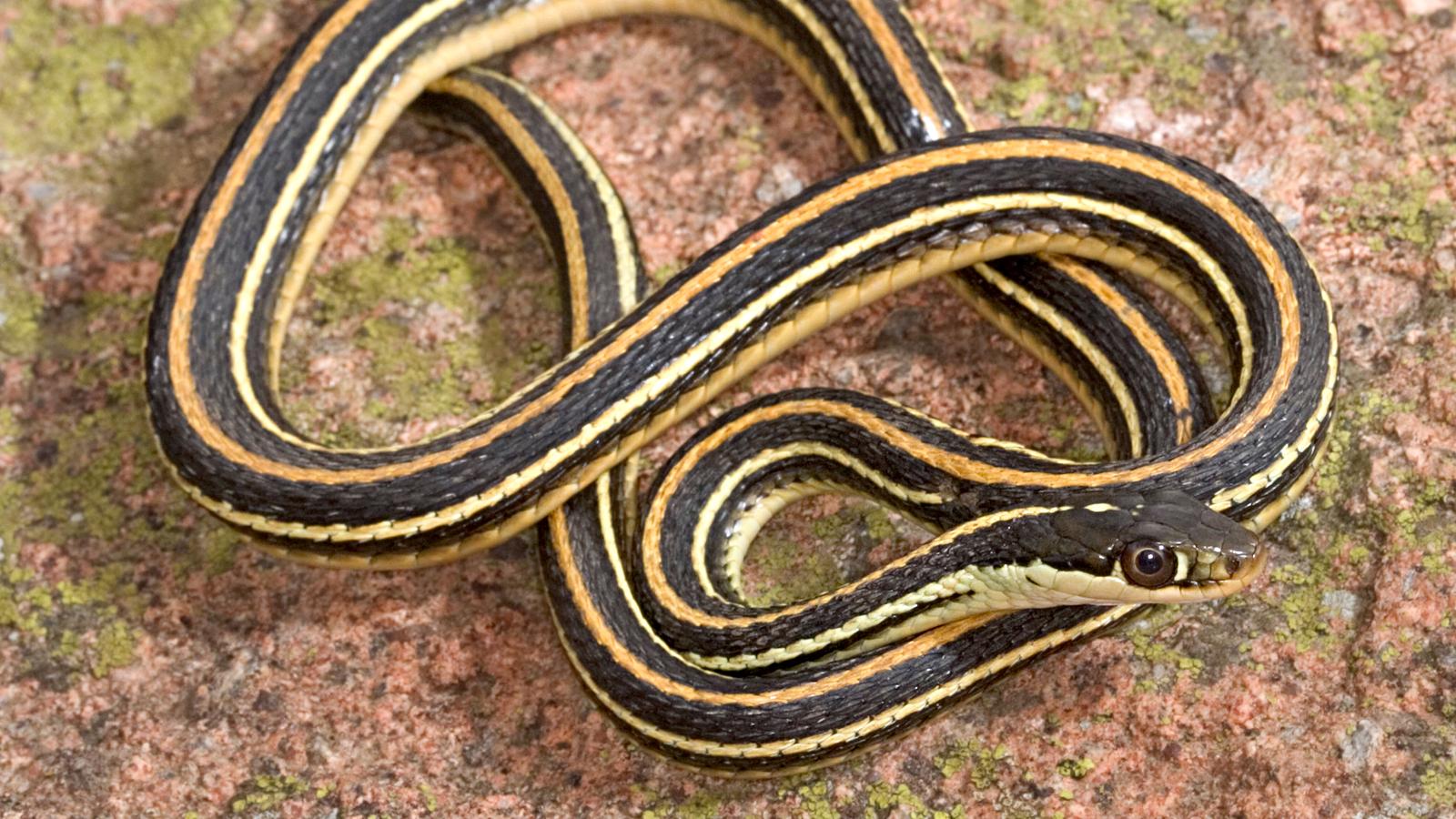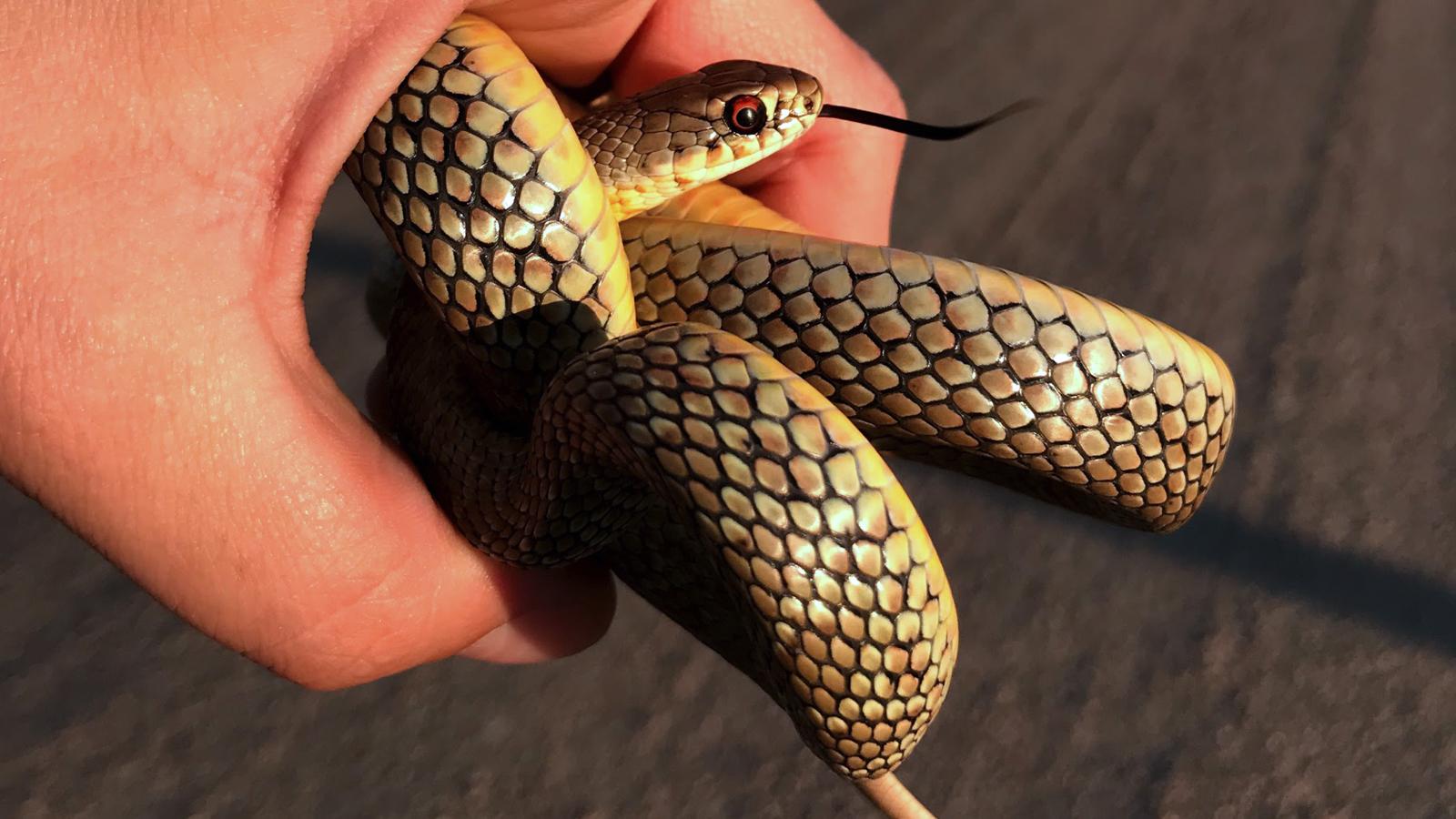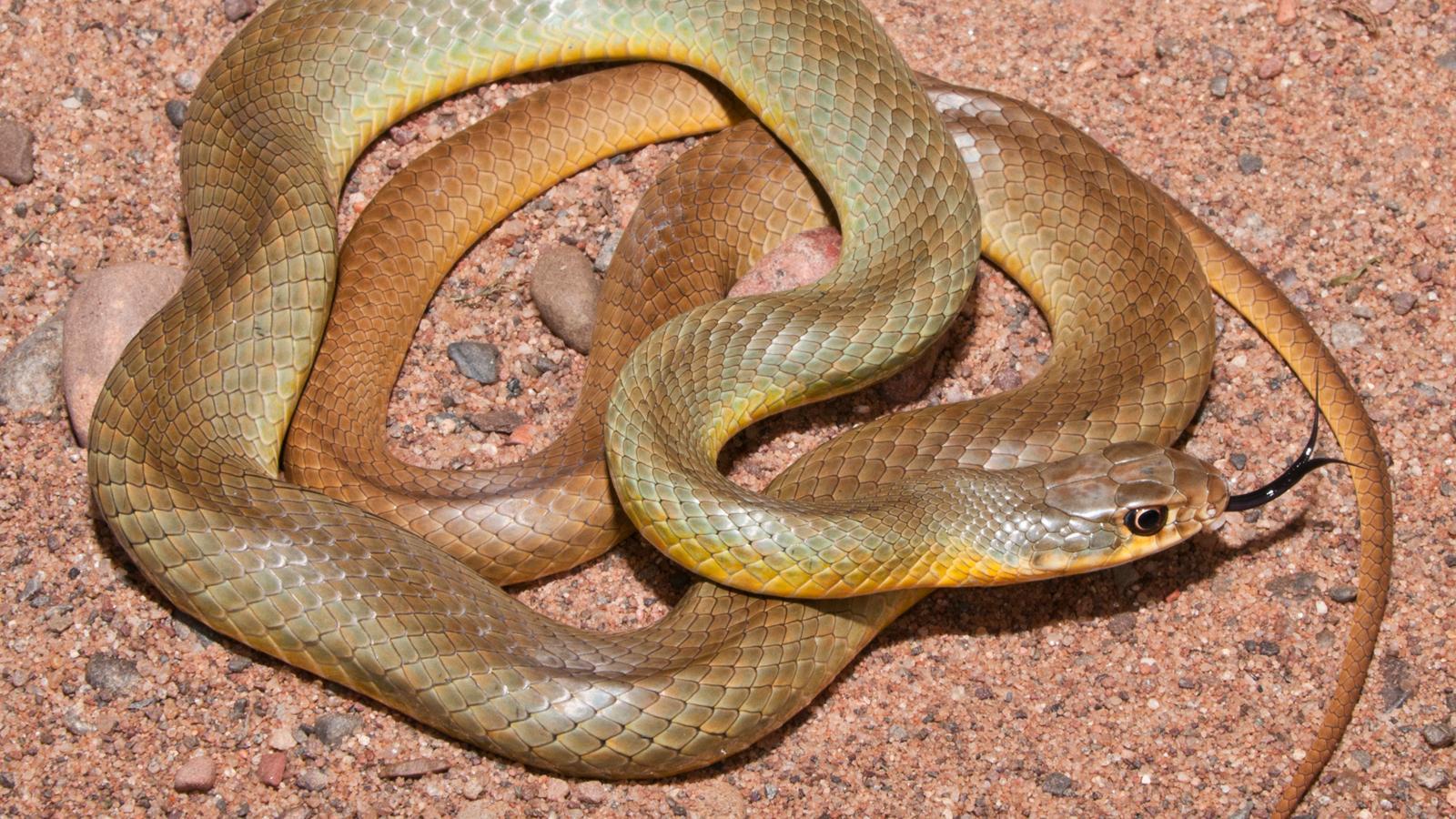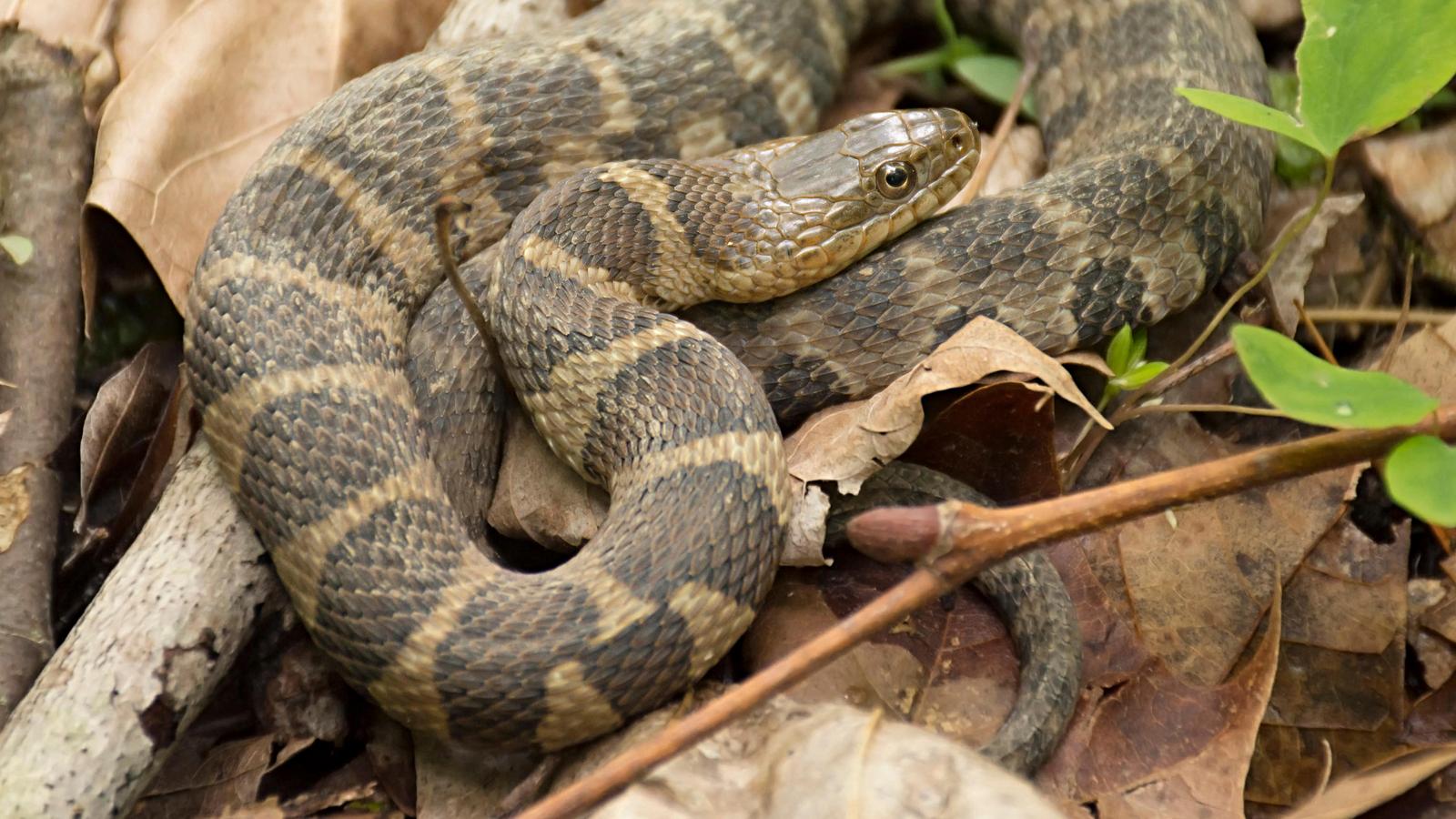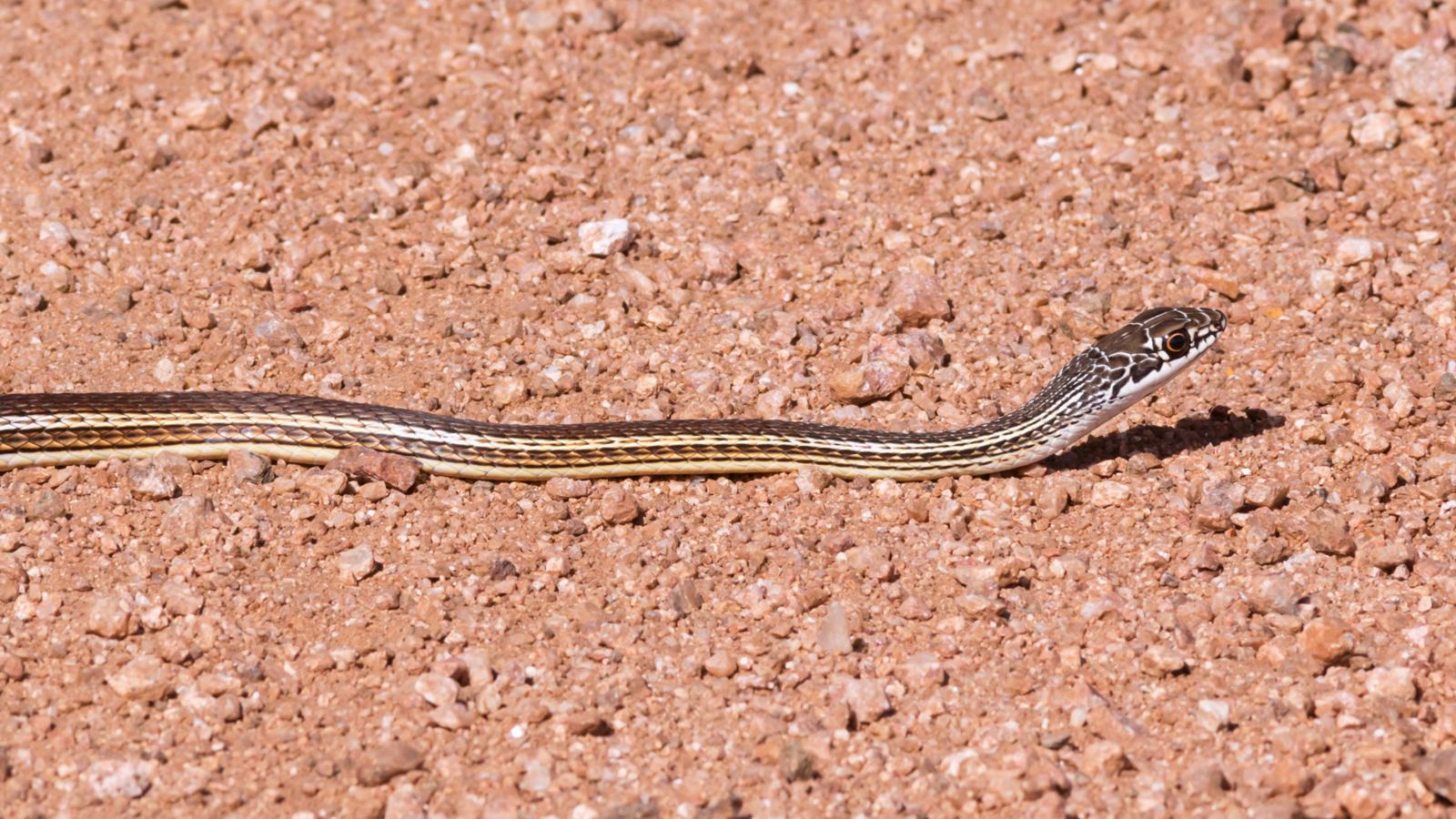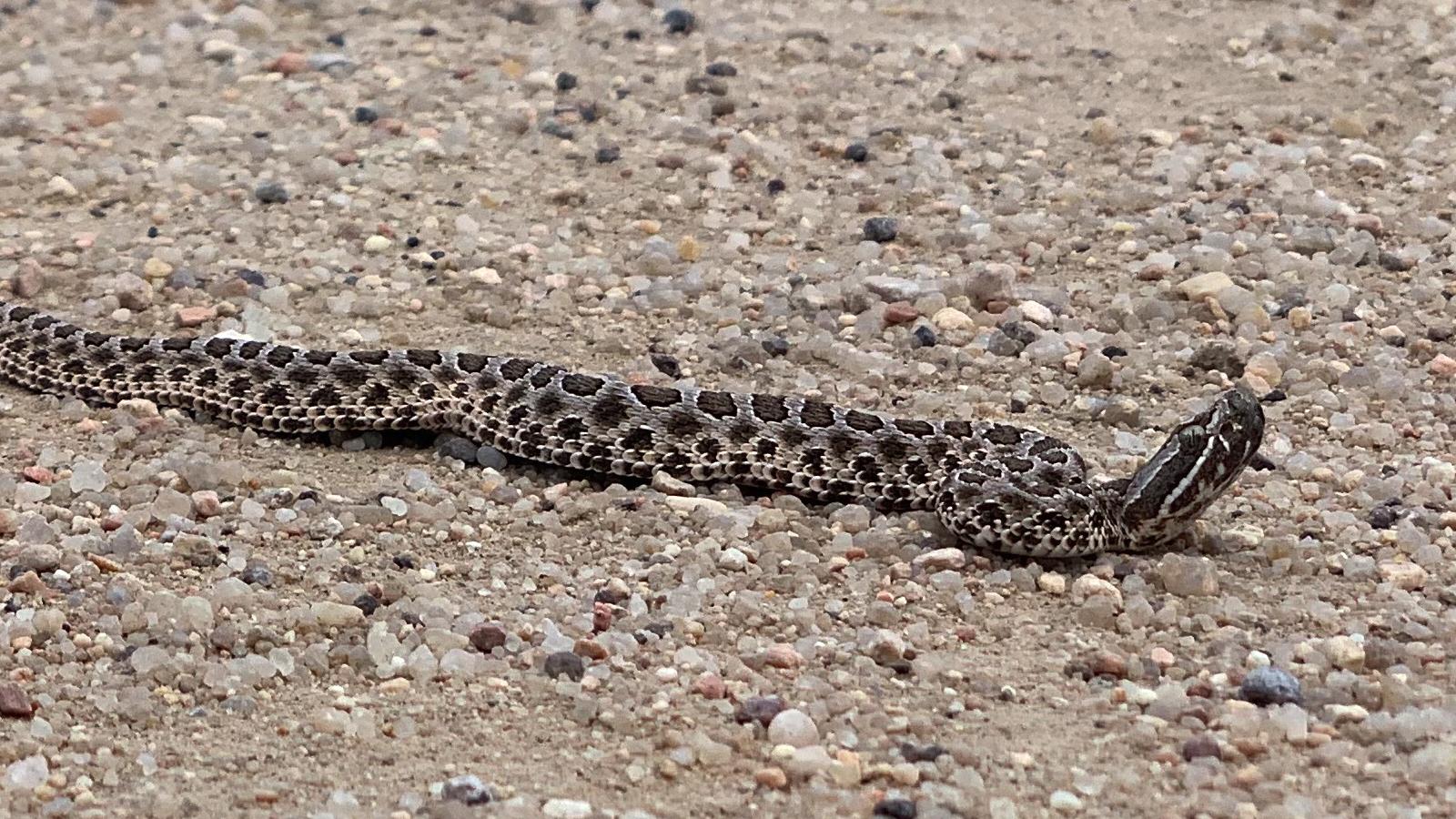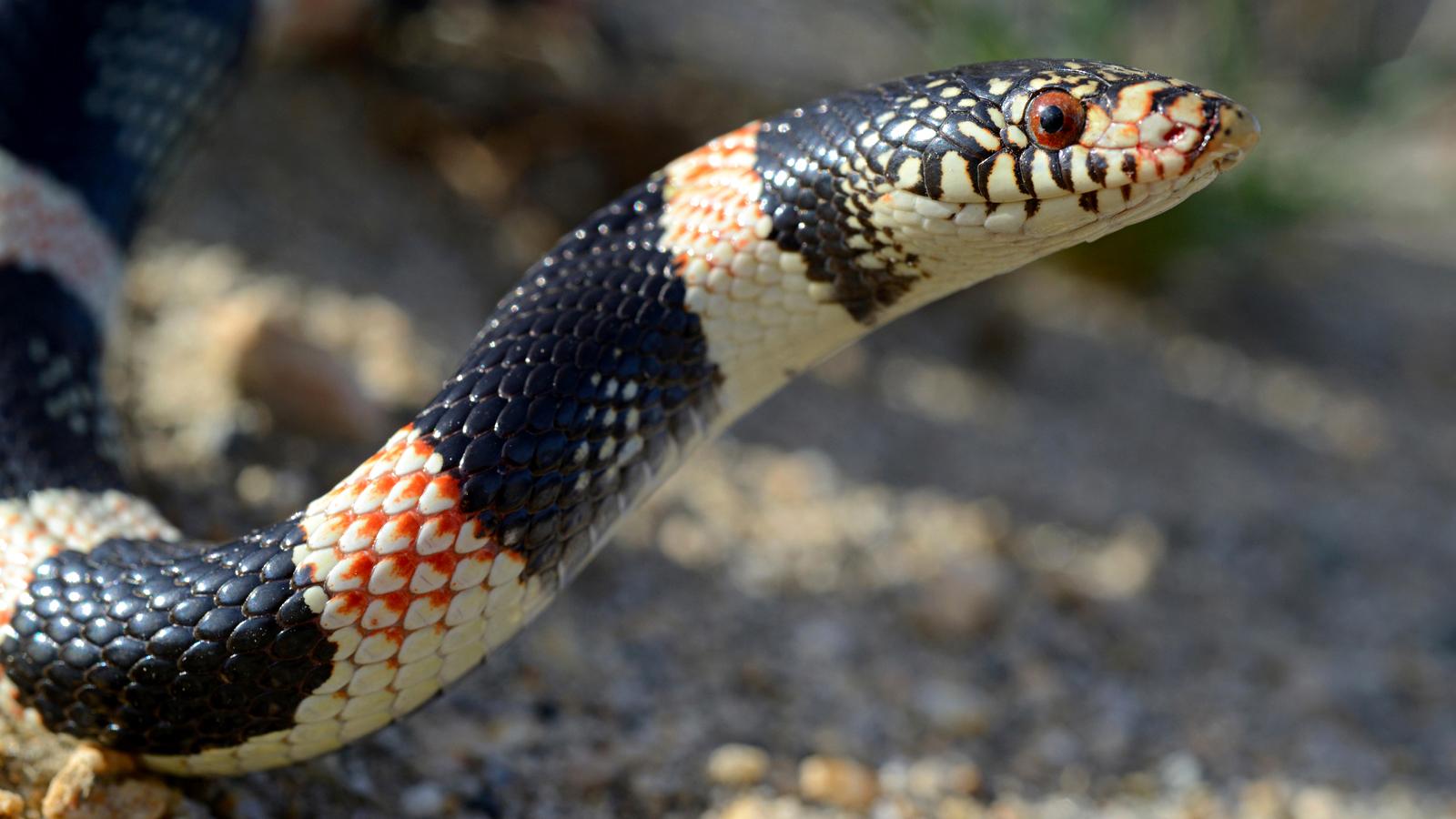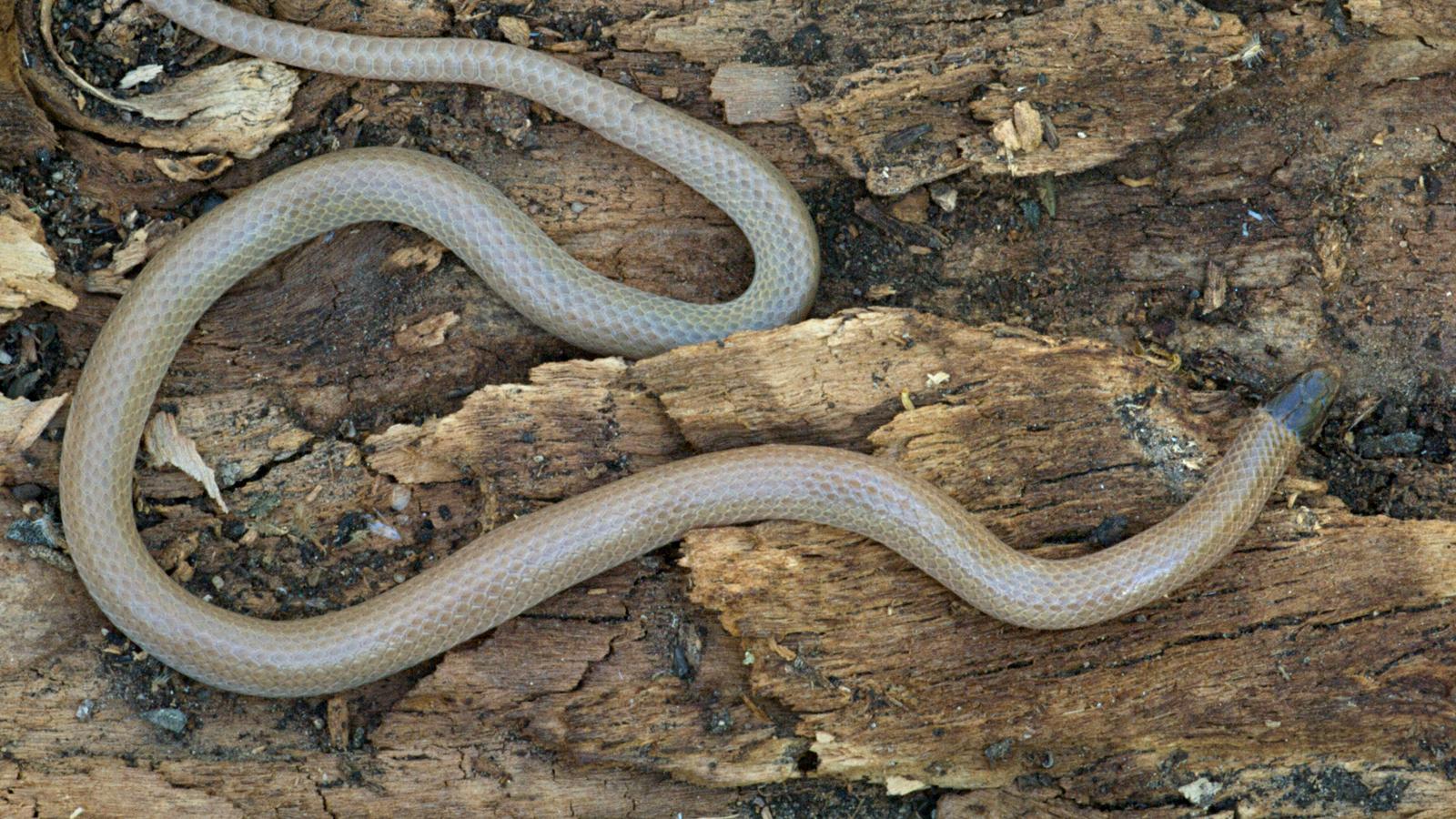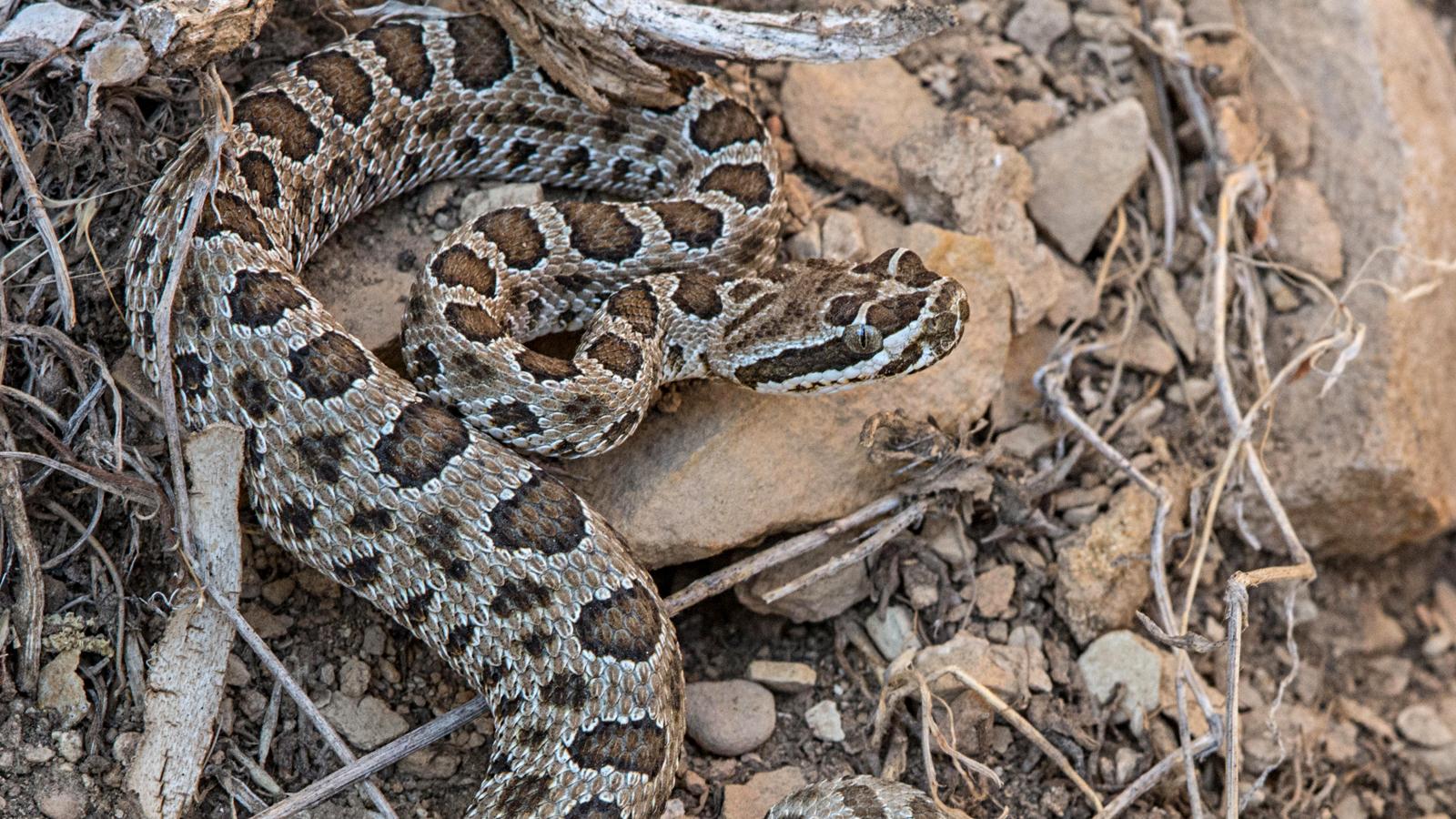The CU Museum is closed we will be opening early in the spring semester.
During this time, collection visits will be available by appointment and other special access requests will be considered on a case-by-case basis.
Please email cumuseum@colorado.edu for more information.
Snakes of Colorado
Snakes. Whether they thrill you or terrify you, these creatures provoke strong reactions in us. While many people are frightened by snakes, the fact remains that snakes play an important role in the ecosystems in which they are found. Have a mouse problem at home? There’s a snake for that! Spiders taking over your garden? There’s a snake for that too! Centipedes and scorpions have you frozen in terror? Have no fear, the variable ground snake is here!
Colorado is home to 29 species of snakes found in a variety of habitats throughout the state. The diversity found among these species is simply amazing. Size, color, habitat, behavior, feeding habits; each species has a different expression of these characteristics making them unique and special in their own way. Understanding these differences and getting to know the rich natural histories of snakes can help reduce fear and increase respect for these often misunderstood creatures.
Snakes in the wild
Like encounters with most wild animals, observe snakes from a safe distance. Handling them can harm them and you. Colorado is home to three venomous snakes: the western massasauga rattlesnake, the midget faded rattlesnake and the prairie rattlesnake.
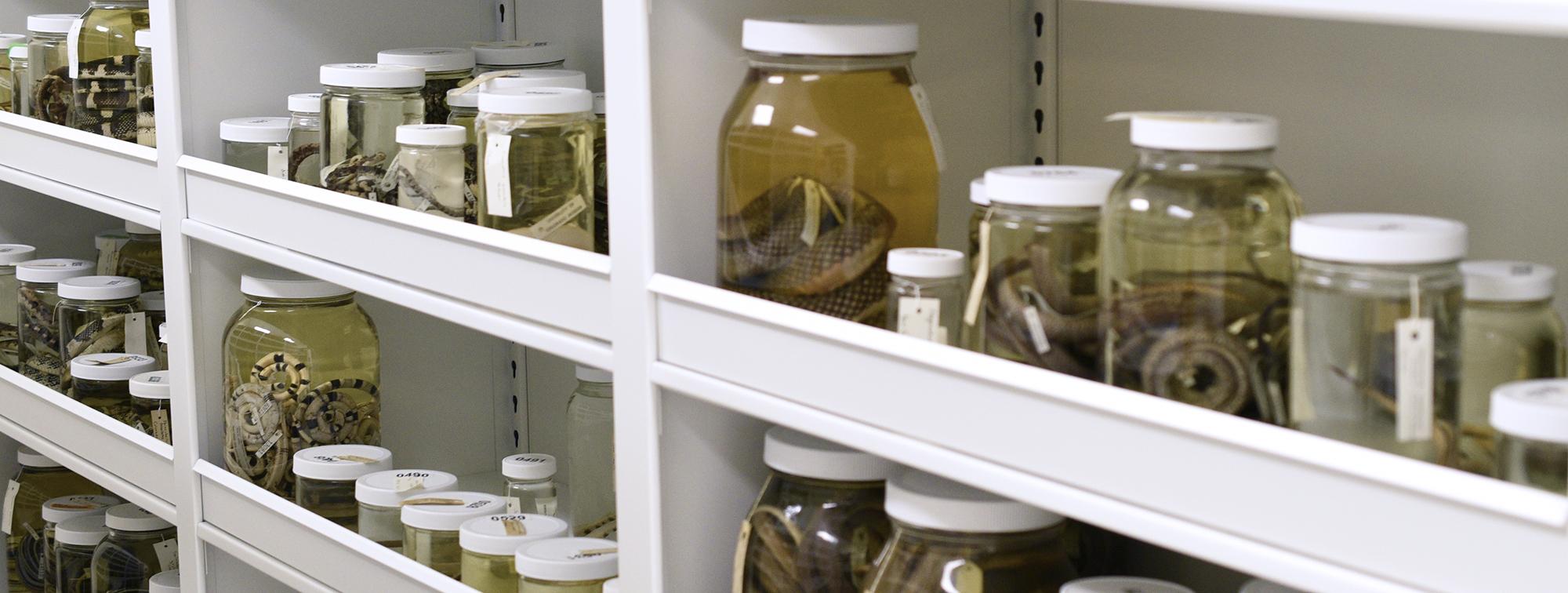
Learning from snakes
The University of Colorado Museum of Natural History plays an important role in the study of snakes in Colorado with over 66,000 specimens of reptile and amphibians in its collections. The snakes you see here are stored in an isopropyl alcohol solution. The preservation process fades some of the color found in the scales of snakes but allows specimens to be kept for potentially hundreds of years as research specimens.


